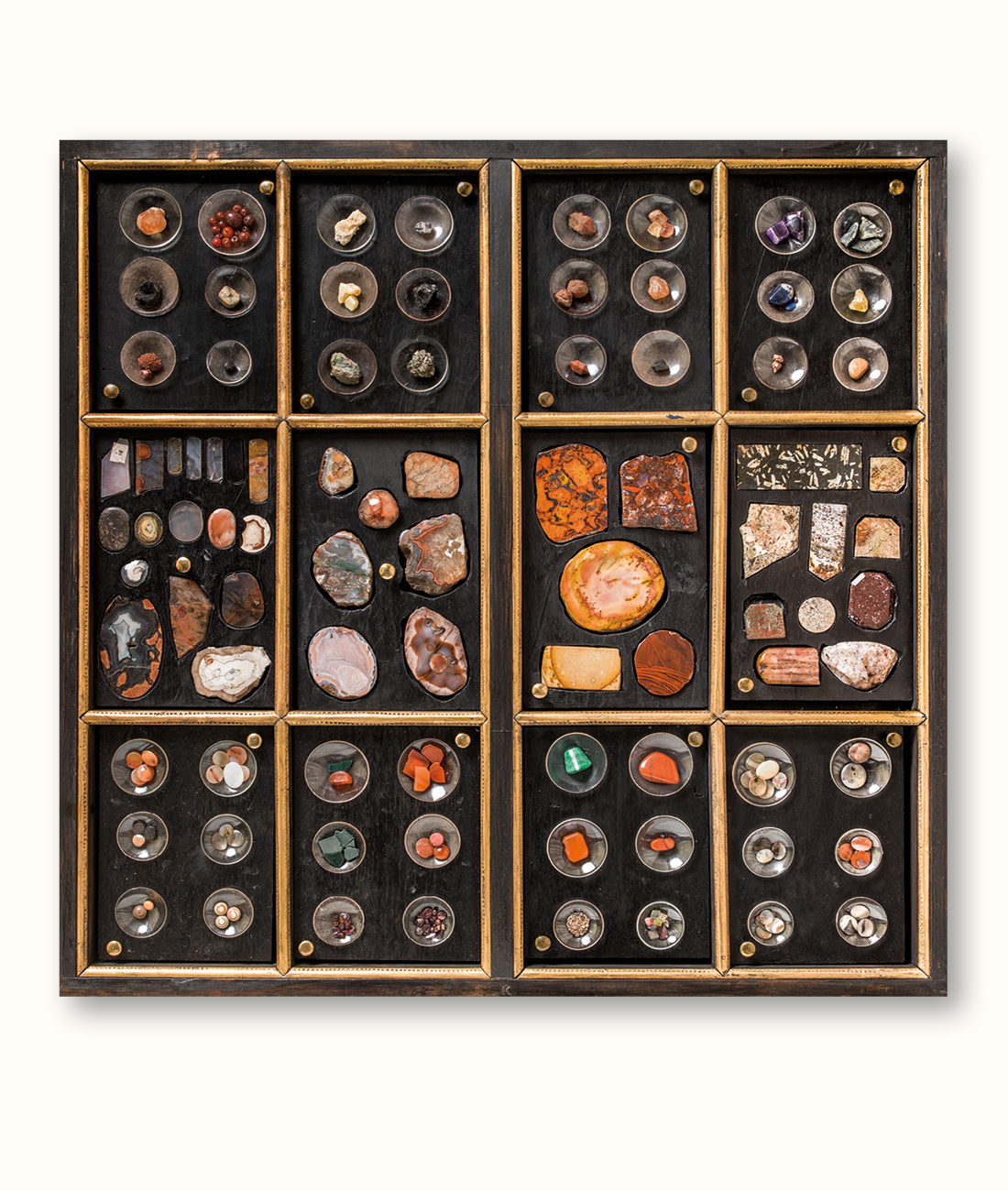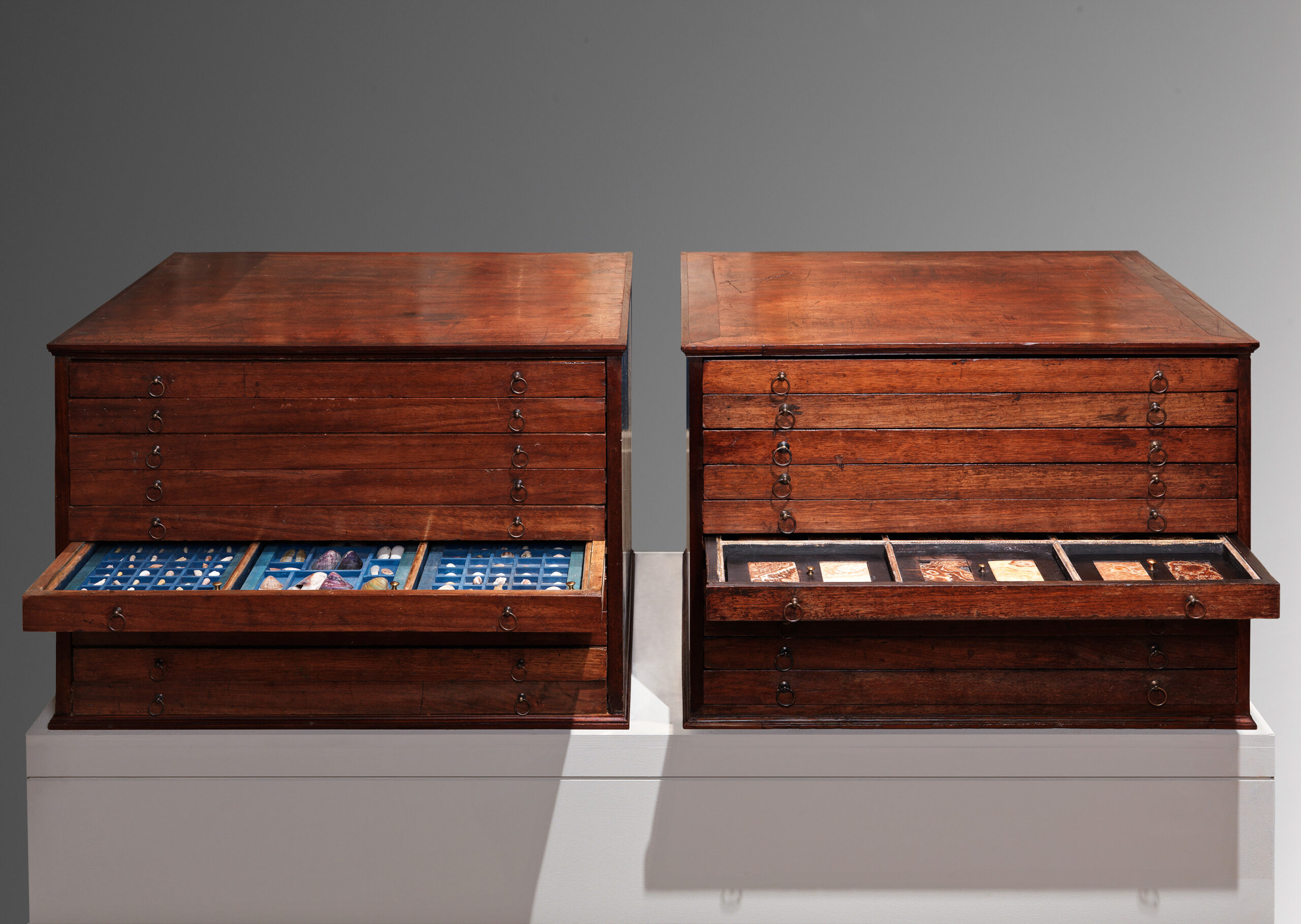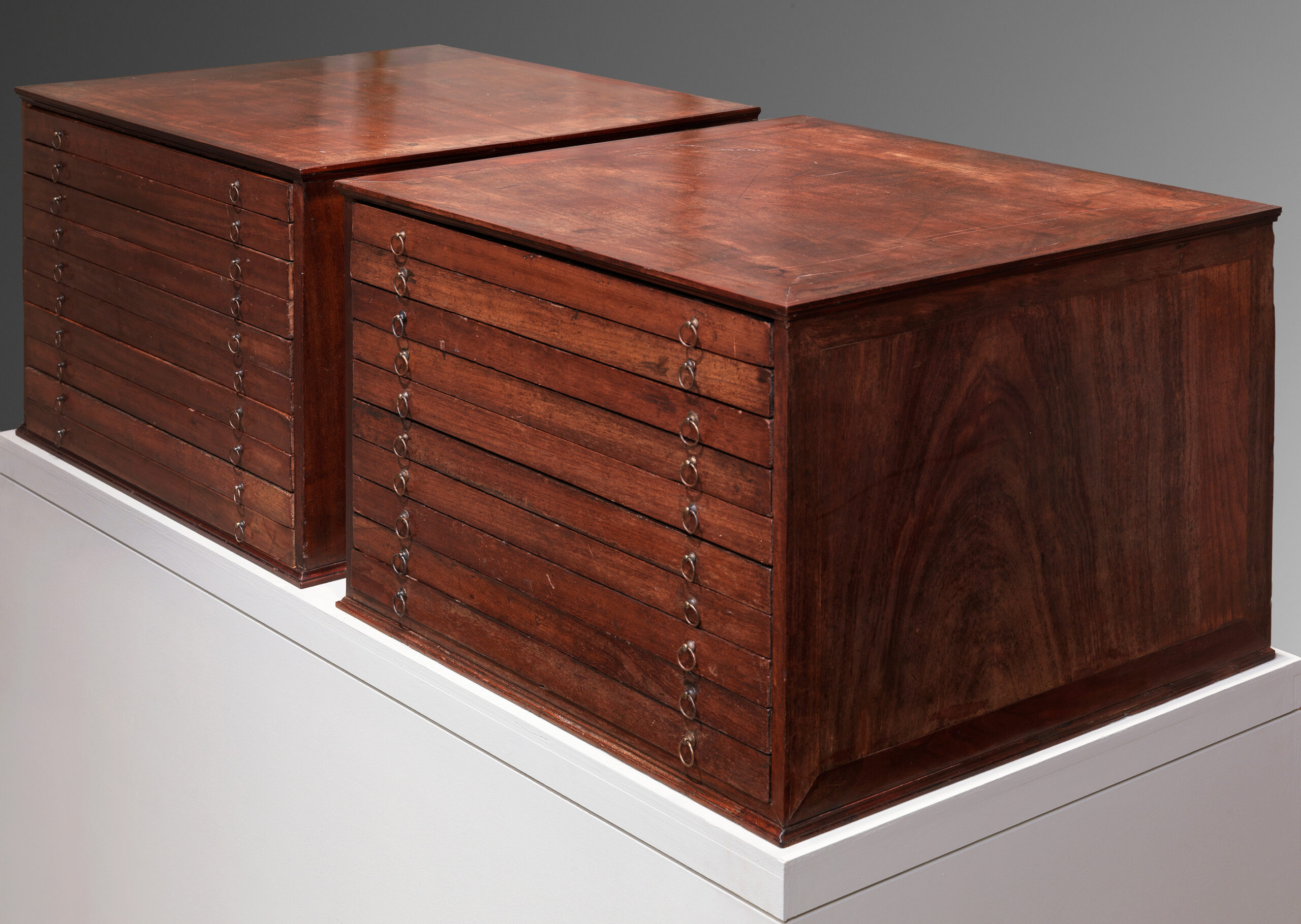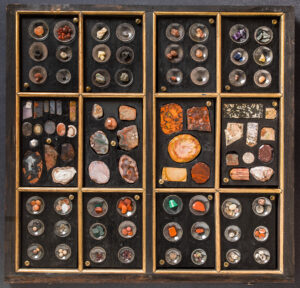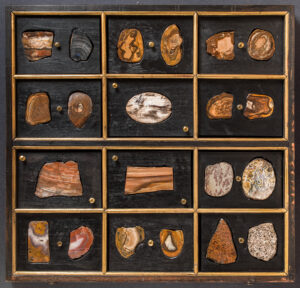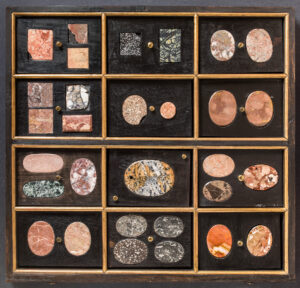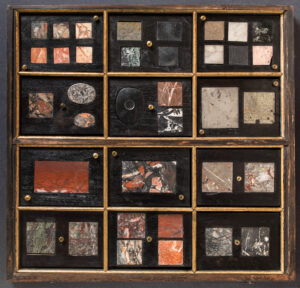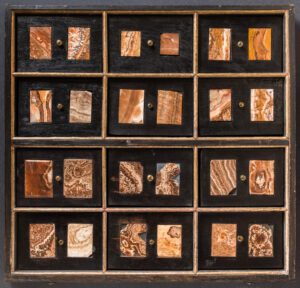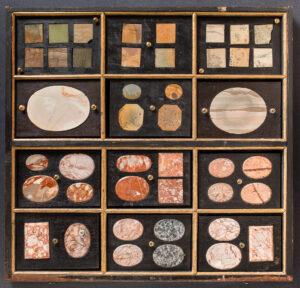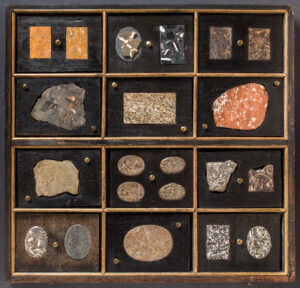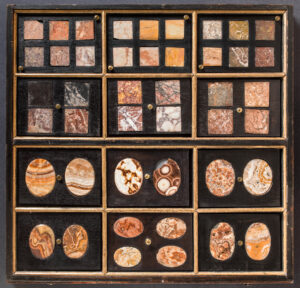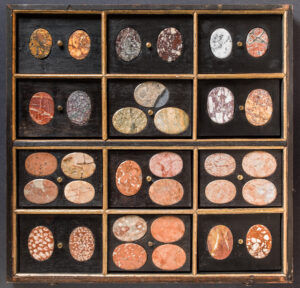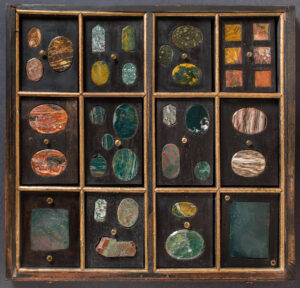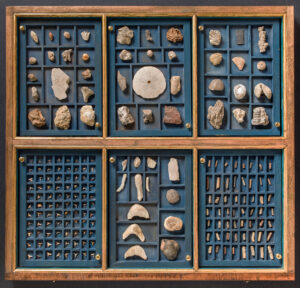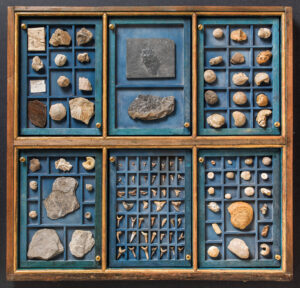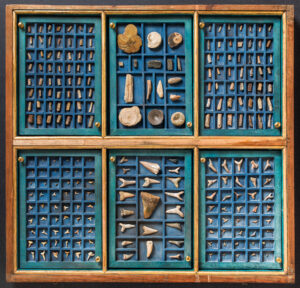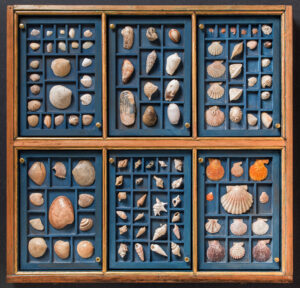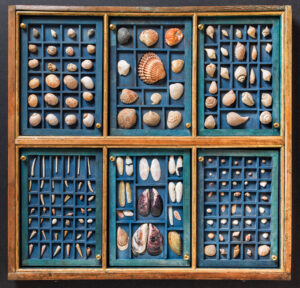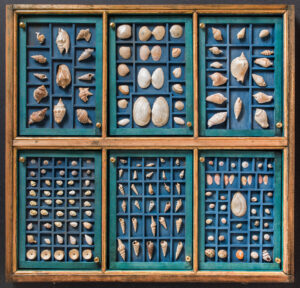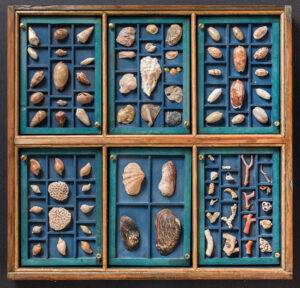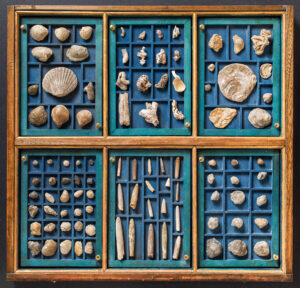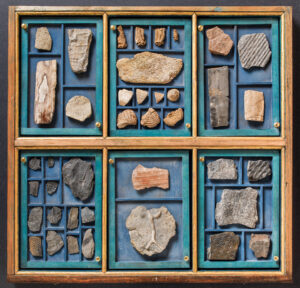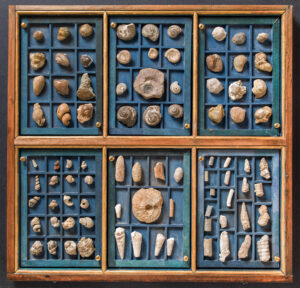COLLECTING NATURALIA:
the Earth, the Sea
Within one cabinet, there is a collection showcasing the wonders of the Earth: marbles, breccias, alabasters, paesina stones, hard stones, silicified woods. The other tells the tale of the Sea, with shells, fossils, shark teeth, and corals.
They testify to the desire to organize knowledge, to bring order to chaos: containers whose purpose is to overcome the dichotomy between disorder and order, they also represent the possibility of infinite journeys through space and time, with just a simple gesture like opening a drawer.
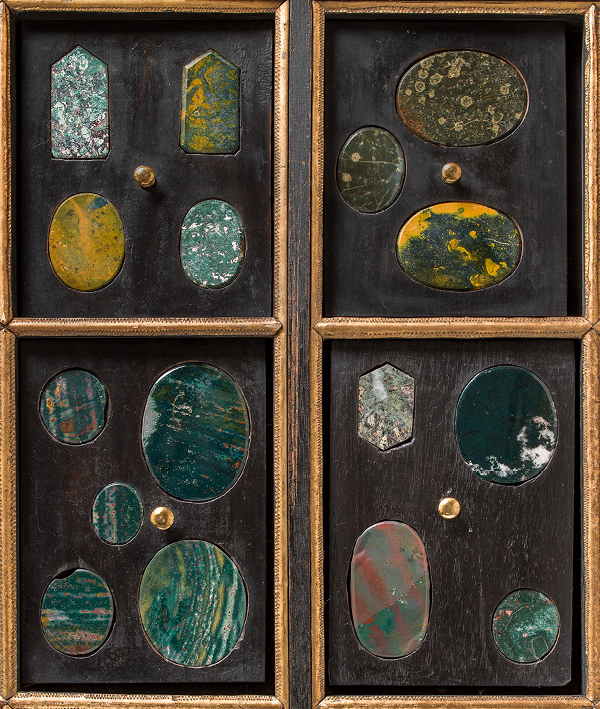
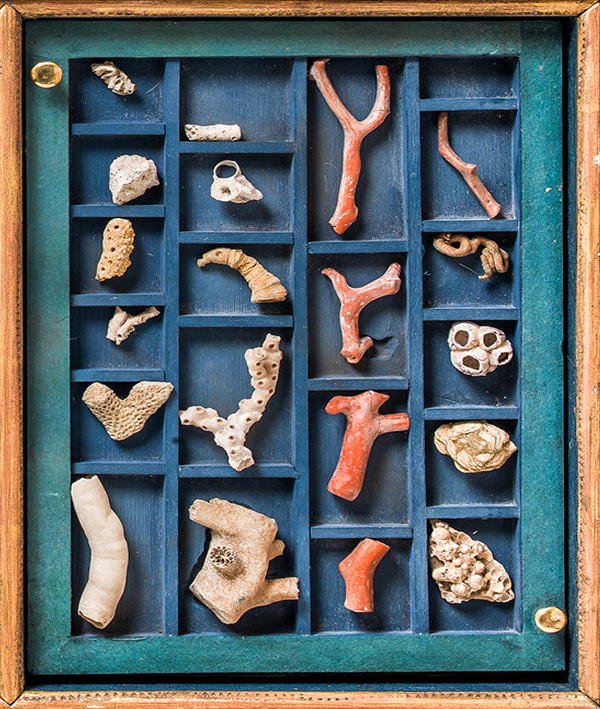
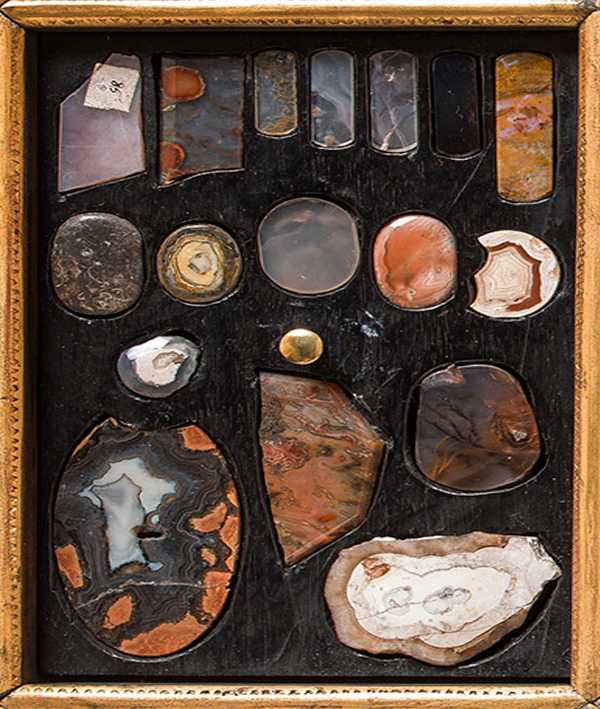
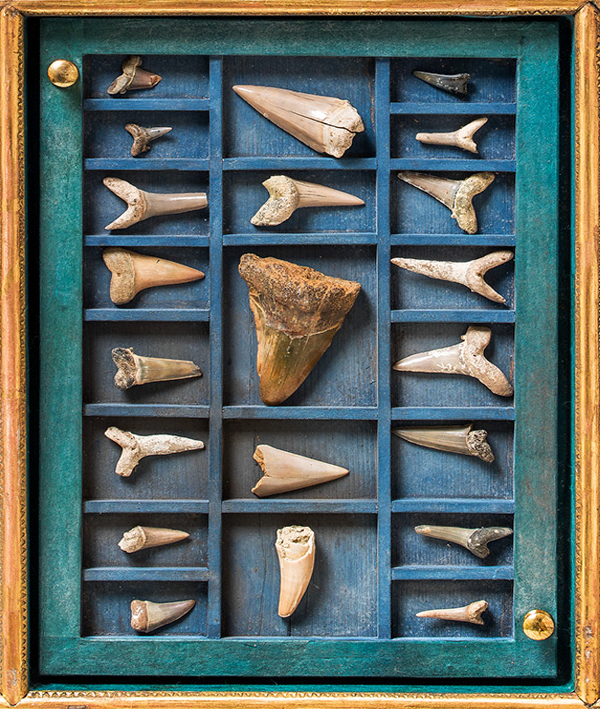
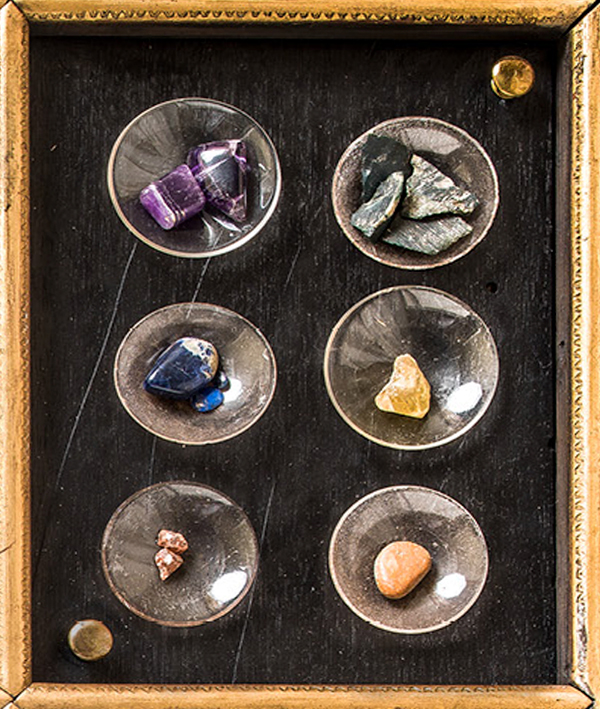
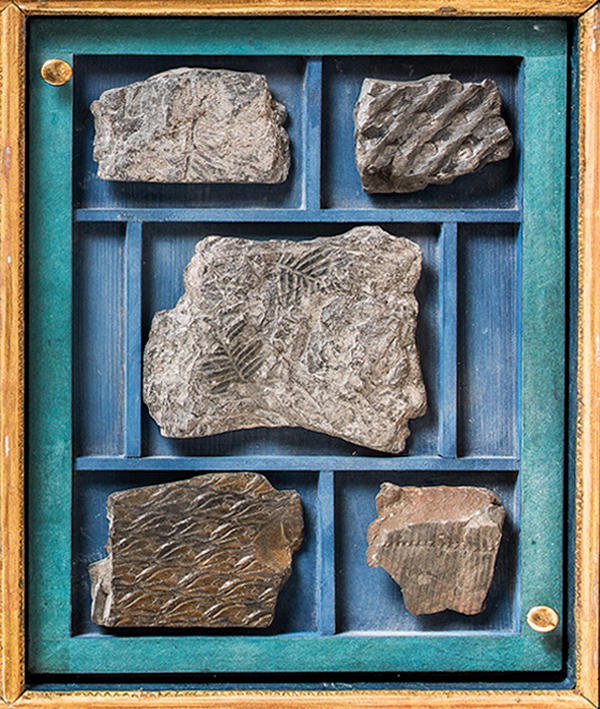
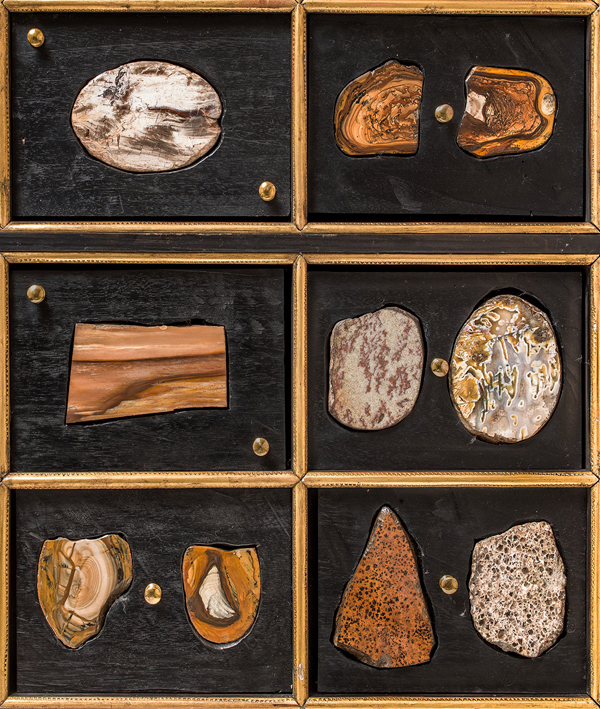
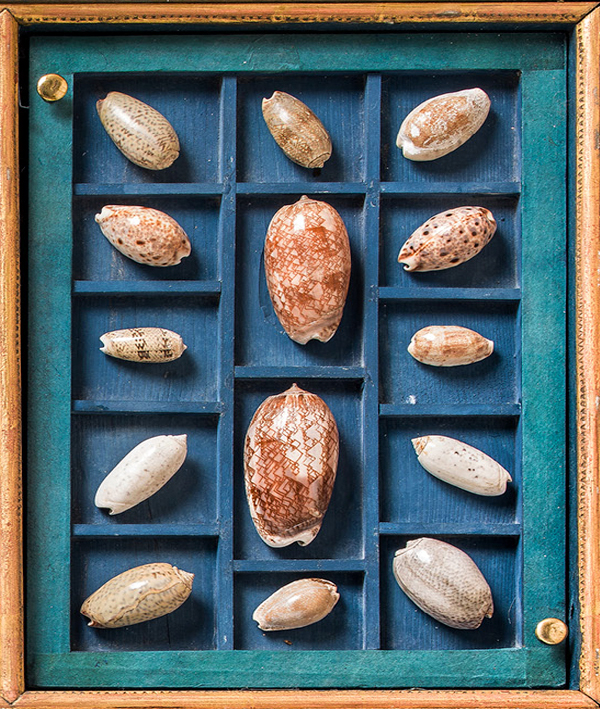
Collecting Naturalia:
the Earth, the Sea
Walter Padovani Via Santo Spirito 26/A, Milan
from 16 to 21 April 2024
Tel. +39.02.76.31.89.07
Opening hours: Monday 3.00 pm – 7.00 pm Tuesday / Saturday 10.30 am – 1.00 pm / 3.00 pm – 7.00 pmTwo cabinets with ten drawers veneered in mahogany, containing a collection of marbles and hard stones, and a collection of fossils and shells
France, end 18th - early 19th century
47 x 67 x 62 cm
The two mahogany veneer cabinets, shaped like parallelepipeds, feature ten drawers each with two brass ring handles. Simple and linear, their purpose is more functional than decorative: they contain within them the richness of the Terraqueous Orb.
Within one cabinet, there is a collection showcasing the wonders of the Earth: marbles, breccias, alabasters, paesina stones, hard stones, silicified woods, that enchant with their variety of colors, designs, degrees of hardness, and transparency.
The other tells the tale of the Sea, with shells, fossils, shark teeth, and corals.
The drawer interiors for the collection of marbles are black with gold profiles while the interiors of the collection of shells are blue, evoking the sea.
These cabinets are part of the naturalia collecting tradition. Dating back to the late 18th to early 19th century, they testify to the desire to organize knowledge, to bring order to chaos: containers aimed at transcending the dichotomy between disorder and order, through the accumulation of individual specimens with the intention of arranging them within the collection. Instruments of knowledge, influenced by the encyclopedic culture that developed in France during the Enlightenment, they also represent the possibility of infinite journeys through space and time, with just a simple gesture like opening a drawer.
The naturalia are a part of the so-called Wunderkammer collecting, or Room of Wonders, which showcases all aspects of natural products and human artifacts, divided into five categories: artificialia, ancient and contemporary artworks created by humans; naturalia, plants, animals, and other objects of nature; scientifica, scientific instruments; exotica, objects from distant lands; and mirabilia, a generic term encompassing all objects that evoke wonder. It was the Flemish scholar Samuel Quiccheberg, while in the service of Duke Albert V of Bavaria, who created and curated the Kunst- und Wunderkammer as the scientific and artistic advisor to the sovereign, and who wrote the first known treatise on collecting and museums in 1565, titled Inscriptiones.
